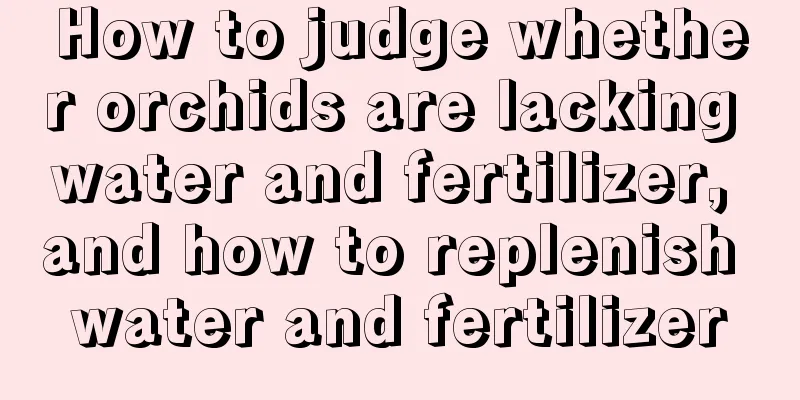Can mushroom residue be used as fertilizer?

Mushroom residue as fertilizerMushroom residue can generally be used as fertilizer, but it is not recommended to use it directly as fertilizer. It usually needs to be fermented before use. Generally, if we use mushroom residue as fertilizer, it can make plants grow and help flowers bloom faster. Mushroom residue can generally be used as flower fertilizer, and it is more suitable for growing flowers. Generally, using mushroom residue to maintain flower plants is both convenient and cost-effective. Generally, mushroom residue can be used to maintain Clivia, rose, camellia, etc. How to make fertilizer from mushroom residue1. Generally, you can evenly mix the mushroom residue and the fermentation agent, and then put it in the sun and wait for a few days. 2. You can use it after the mushroom residue has fermented. Just put a small amount each time. Key points for using mushroom residue fertilizer1. While using the mushroom residue, you can water it a little, which can help it absorb nutrients quickly, but be careful to add a small amount of water, otherwise it will cause water accumulation at the roots. 2. Generally, when using mushroom residue, it is best to place the plant under light, which can help the plant grow and bloom quickly. |
<<: Can dog urine be used as fertilizer?
>>: Can soybean meal be used as fertilizer?
Recommend
How to water lucky bamboo
1. Watering method during hydroponics 1. When gro...
The difference between Yunnan Paris polyphylla and Chinese Paris polyphylla
1. Differences in the stems The stem of Yunnan Pa...
Sweet potato hydroponics video: Put the leftover sweet potatoes in a pot and they will grow into a big bonsai!
Sweet potato hydroponics video Sweet potato hydro...
Mint maintenance precautions
1. Temperature control Few flower lovers pay atte...
How to deal with hyacinth after it blooms (how to care for it after the soil and hydroponic flowers fade)
Hyacinths are very beautiful when they bloom. Man...
How to root the newly bought lucky bamboo
1. Growth habits If you want to help it take root...
What are the cultivation methods and precautions of lilac
Lilac cultivation method When caring for lilac, i...
What should I do if the Chiyoda pine tree is smudged?
The reason for the twillingness of Chiyoda no Mat...
When is the best time to sow okra?
Okra, as a health vegetable with high nutritional...
Do your flowers need watering?
Pinch and twist method Pinch the soil in the pot ...
Can water lilies be grown in water?
Can water lilies be grown in pure water? Answer: ...
How to grow tree purslane flowers
1. Breeding environment 1. Soil: The soil for tre...
How to hydroponically cultivate hyacinth
Preparation Bulb selection Hyacinth bulbs are a m...
When visiting the flower market during the Chinese New Year, avoid these 3 types of flowers because they cannot survive if you buy them home!
1. The leaves are too shiny When visiting the flo...
What should I do if there are black spots on okra leaves? What should I do if there are black spots on okra leaves?
1. Symptoms Black spots on okra leaves are a comm...









